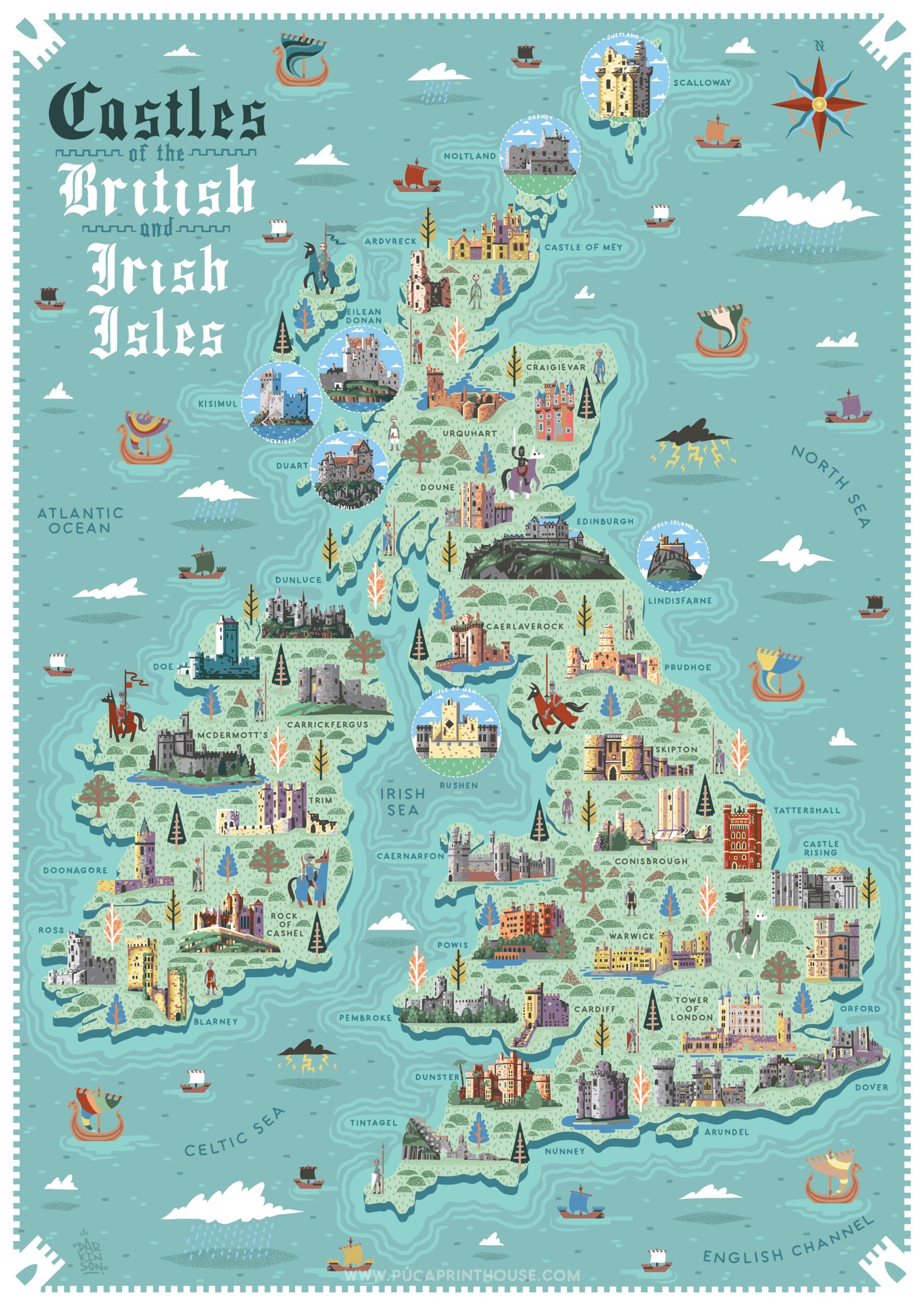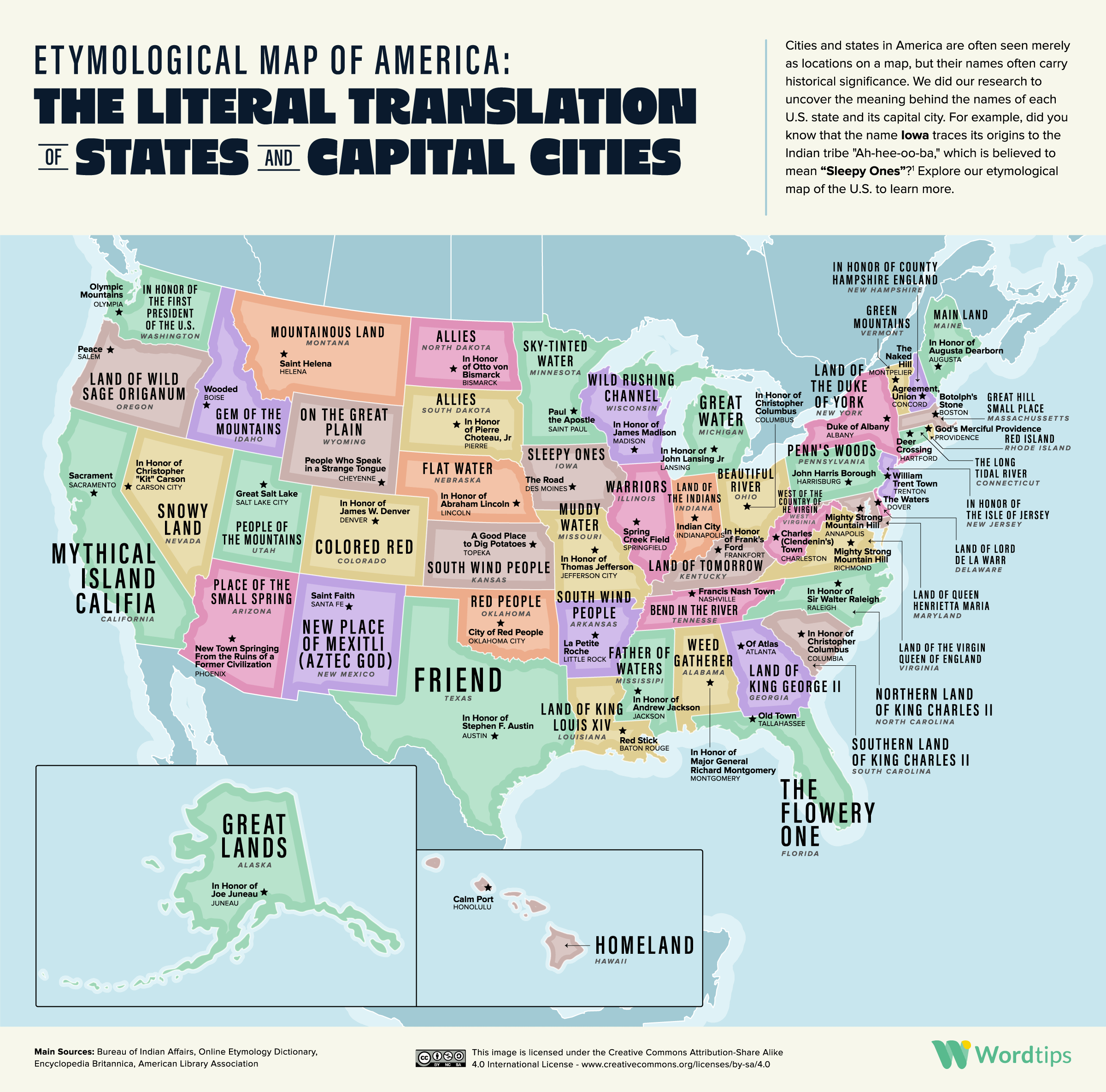Historical expansion and relocation of Oslo
1048: According to the sagas, Oslo (or Aslo) was founded by King Harald Hardrada in 1048. But archaeological finds suggest an early urban structure around 1000 AD. The origin of the name is unknown, but the most common theory explains it as “meadow by the hill”.
1314: The first city limits were set by King Magnus the Law-mender in 1276. Construction of the Akershus Fortress began in 1299, and Oslo became the country’s capital in 1314. Several of the stone churches from this time have been excavated and are visible as ruins today. The Aker church from around 1100 AD still stands.
1624: Hie wooden city was devastated in a three-day fire in August 1624, and was rebuilt behind the fortress with gridded streets acting as fire lines. The new city was renamed Christiania after King Christian IV. Old Oslo in turn became fields and farmlands.
1794: In 1794 the city limits were expanded to include the nearest suburbs. A new suburb was gradually growing in Oslo, which was now nicknamed Gamlebyen, “Old Town”.
1859: At the next expansion in 1859, Oslo was included in the city proper. Since 1877/1896 the name was spelled Kristiania.
1925: As of January 1st 1925, during a country-wide wave of Norse name reclamations, the city proper was renamed Oslo. Boroughs were established in 1973, and since 1988 “Old Town” was formally named “Old Oslo”.









